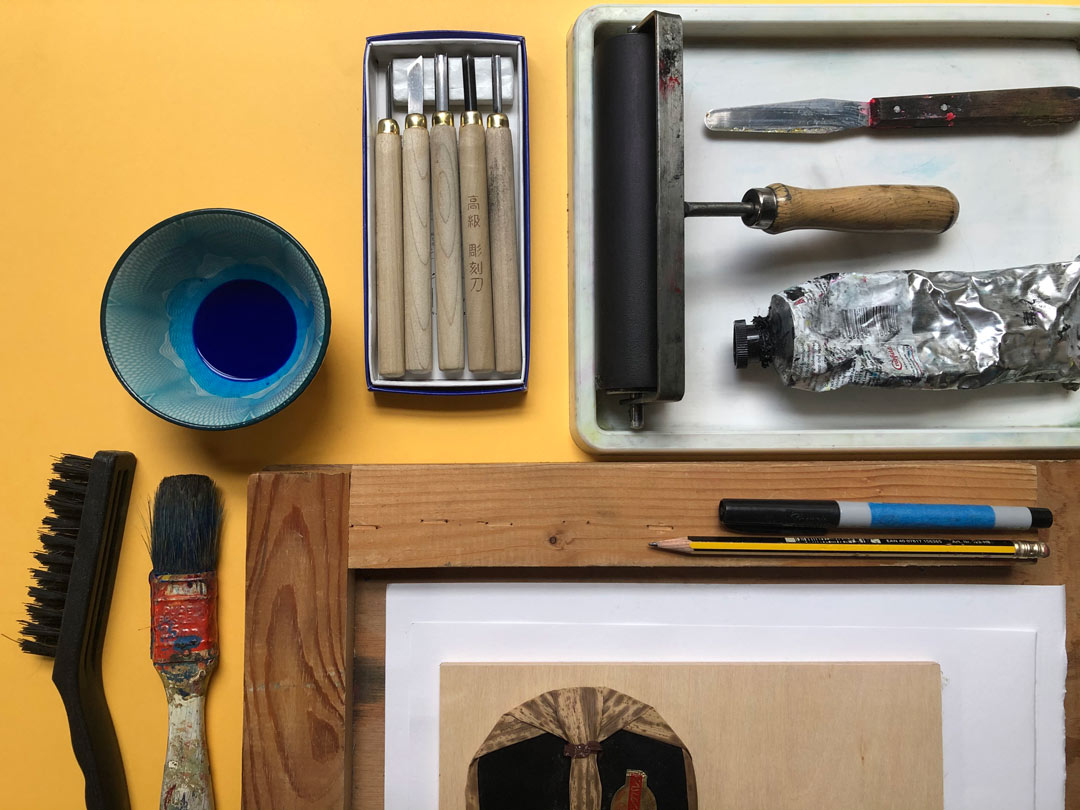In the realm of printmaking, relief printmaking and engraving are two distinct techniques that have been practiced for centuries. While both involve the creation of images through the incision or removal of material, they differ in terms of process, tools, and artistic outcomes. In this article, we will delve into the nuances of relief printmaking and engraving, highlighting their differences and exploring their unique qualities.
- Relief Printmaking:
Relief printmaking is a technique where the image is created by carving away the negative space, leaving the raised areas to be inked and printed. This method can be traced back to ancient times and is known for its versatility and accessibility. Relief prints can be made using various materials such as wood, linoleum, or even metal. Artists use specialized tools like gouges and knives to carve the design onto the surface, creating a relief that can be inked and transferred onto paper or other substrates. - Engraving:
Engraving, on the other hand, is a technique that involves incising lines or patterns onto a hard surface, typically metal, using sharp tools like burins or gravers. Unlike relief printmaking, where the raised areas hold the ink, in engraving, the ink is applied to the incised lines. The engraved plate is then pressed onto paper, resulting in a print. Engraving requires precision and meticulousness, as the artist must carefully control the depth and width of the lines to achieve the desired effect.
Distinguishing Factors:
Now that we have a basic understanding of relief printmaking and engraving, let's explore the key differences between the two techniques:
- Process: Relief printmaking involves carving away the negative space, while engraving focuses on incising lines onto a surface.
- Tools: Relief printmaking employs gouges and knives, while engraving relies on burins or gravers.
- Ink Application: Relief prints use the raised areas to hold the ink, while engraving applies ink to the incised lines.
- Texture and Style: Relief prints often exhibit a bold and textured appearance due to the raised areas, while engravings tend to have a more delicate and precise quality.
Artistic Outcomes:
The choice between relief printmaking and engraving can significantly impact the artistic outcome. Relief printmaking allows for expressive and bold compositions, with the potential for rich textures and dynamic contrasts. Engraving, on the other hand, lends itself to intricate details and precise lines, resulting in a more refined and delicate aesthetic.
Conclusion:
In conclusion, relief printmaking and engraving are two distinct techniques within the realm of printmaking. While relief printmaking involves carving away the negative space and utilizing raised areas for ink application, engraving focuses on incising lines onto a surface. The choice between these techniques depends on the desired artistic outcome and the artist's preference for texture, style, and level of detail. Both techniques offer unique possibilities for artistic expression and continue to captivate artists and art enthusiasts alike.

